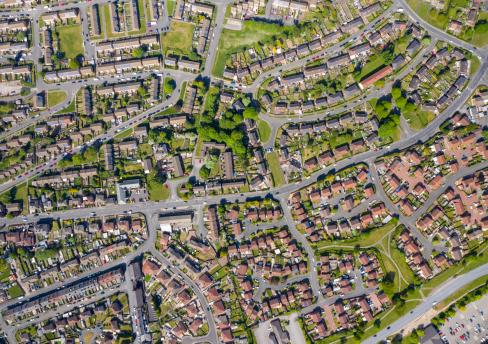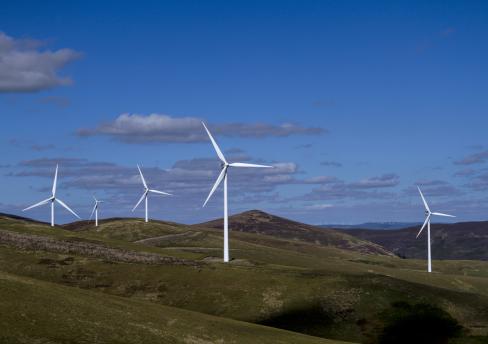
It certainly feels like there has been increased media coverage of climate change in the past year - whether this comprises coverage of slow onset or extreme weather events, the findings of the report by the Intergovernmental Panel on Climate Change or even distress at the lack of short-term accommodation in Glasgow in the lead up to COP26.

This has arguably had an impact on public perception of the issue; in a survey carried out by the Department for Business, Energy & Industry Strategy in March 2021, 80% of the British public reported that they were either very concerned (33%) or fairly concerned (47%) about climate change.
The conservation of the environment and a reduction in carbon dioxide emissions has now been firmly lodged as a priority on the global agenda and governments, businesses and individuals alike are taking actions to mitigate their impact on climate change. However, with the fast-paced nature of the evolving solutions it can be easy to lose sight of the legal framework in the backdrop.
What is the international legal framework?
The Paris Agreement is an international treaty on climate change which was negotiated under the 1992 United Nations Framework Convention on Climate Change and entered into force on 4 November 2016, replacing the Kyoto Protocol. The Paris Agreement lays out a global framework to limit global warming to well below 2 ˚C and to pursue efforts to limit global warming to 1.5 ˚C below pre-industrial levels. COP26 will provide a platform for bringing together countries and delegates to accelerate actions towards the goals of the Paris Agreement.
How are climate change targets reflected in our domestic legislation?
The Climate Change Act 2008 as amended (2008 Act) is the basis for the UK's approach to responding to climate change. The 2008 Act requires the reduction of carbon dioxide and greenhouse gas emissions and provides for adaptation measures to the risks of climate change. In particular, the 2008 Act commits the UK government to reaching Net Zero by 2050. This includes reducing emissions from the devolved administrations, with Scotland being no exception.
In Scotland, we also have the Climate Change (Scotland) Act 2009 as amended (2009 Act), in terms of which the Scottish Ministers have committed to reaching Net Zero by 2045, five years ahead of the UK. The 2009 Act also sets interim targets for reductions of at least 56% by 2020, 75% by 2030 and 90% by 2040.
I confess, there was a time when I found myself wondering, "Why is the Conference called COP26 if it is taking place in 2021?" Climate change phraseology can often be thrown around with little thought given to its background, meaning and significance. With that in mind, the lead-up to COP26 is an ideal opportunity to increase our awareness and understanding of environmental issues and hopefully this article goes some way towards demystifying the legal framework of climate targets.
(And for all those who had the same muse as I did all that time ago - COP26 is so-called as it is the United Nations' 26th Climate Change Conference of the Parties.)
First published by the Scottish Wildlife Trust
The content of this webpage is for information only and is not intended to be construed as legal advice and should not be treated as a substitute for specific advice. Morton Fraser LLP accepts no responsibility for the content of any third party website to which this webpage refers. Morton Fraser LLP is authorised and regulated by the Financial Conduct Authority.









